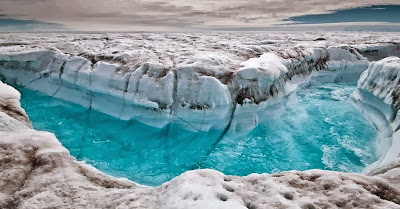Queen Califia’s Magical
Circle
Queen Califia's Magical Circle is a public sculpture installation located in Kid Carson Park in
Escondido, California. The French-American artist Niki de Saint Phalle used a
variety of rocks, color pebbles, glass, mirror, stones, ceramic, and other
materials to create brilliant, unique mosaic
ornamentation on all of her sculptures. “Queen Califia's Magical Circle is one
of the most important site-specific art projects realized anywhere in the
United States in recent years,” according to the Queen Califia’s Magical Circle
website.
One of
my favorite pieces is the sculpture of Queen Califia standing on the
five-legged eagle. I walked under the eagle and it’s very impressive how the
deep color blue naturally shines creating the effects of the clear night sky
and the shinning starts. I really enjoyed that part- just contemplating at the
shimmery blue night sky and the small details in the mosaic.
Niki had traveled the world and knew many different people and
places; she brought all different kinds of materials like stones and glasses to
bring her ideas to life. I also learned that some ceramic in her art was
printed to give the allusion of a specific material. I think that for Niki it
was very important to get the right colors and textures that she wanted so that
they could bring meaning to her sculpture.
Niki designed the Queen Califia’s Magical Circle with the help of
technological tools and computer programs. After Niki’s death on 2002, friends
and trained people that worked with her in previous art projects, finished the
unfinished QCMC project and opened to the public on 2003.
I visited the place on Thursday, October 10. The garden is now
closed for reconstruction of damaged materials. The gates were opened under
special request of an art professor in CSUSM for students to visit the place.
It is hoped that the garden could be open by January 2014.
I did not know about this place but I think that it is truly magical;
I just couldn’t stop taking pictures and be amazed by the quality of detail in
each sculpture, the walls, and the floor. I recommend that you visit in the
future.
Read about the Queen Califia story that inspired Niki's art: http://www-sul.stanford.edu/depts/hasrg/latinam/calafia/history.html











